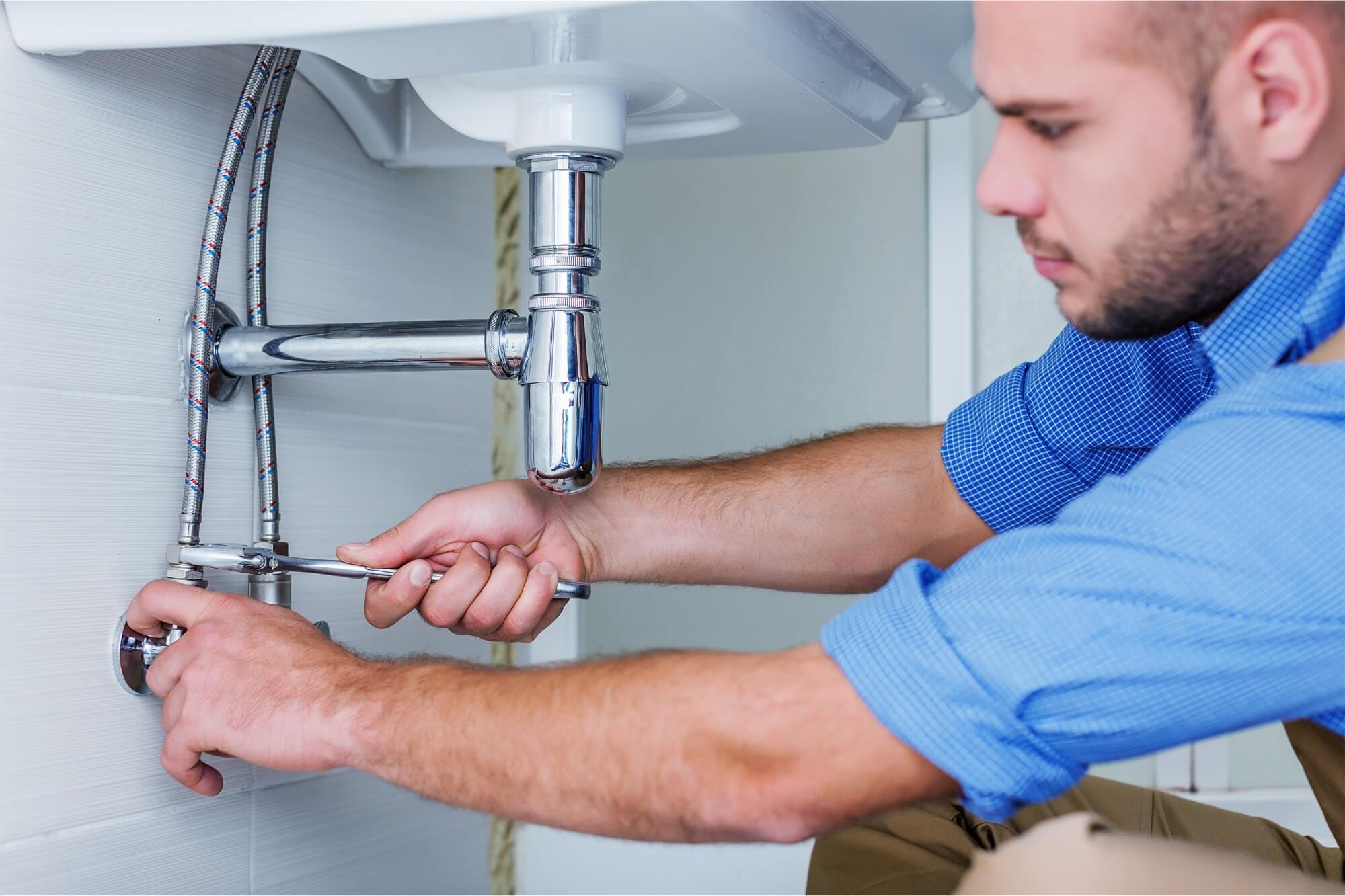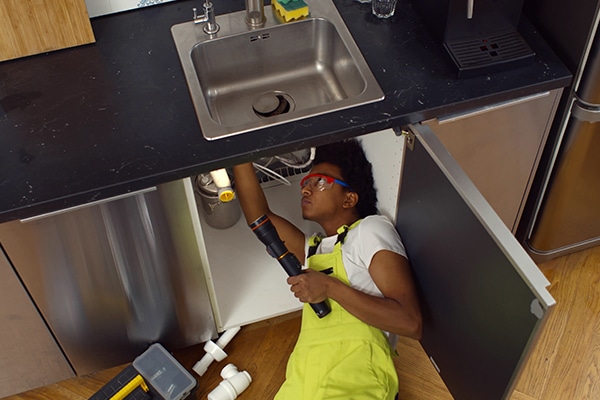Specialist Water Heater Installation Alabaster AL You Can Depend On
Specialist Water Heater Installation Alabaster AL You Can Depend On
Blog Article
A Step-by-Step Guide to Reliable Hot Water Heater Installment for Ideal Efficiency
Embarking on the job of installing a water heating system is a venture that demands accuracy and a systematic method for attaining optimal performance. As you continue, the details of linking water supply lines and establishing up reliable electrical or gas links wait for, promising insights into making certain effectiveness and reliability.
Choosing the Right Hot Water Heater

Following, consider the size and capacity of the hot water heater. It's essential to assess your home's warm water requirements, which can differ based upon the variety of occupants and their usage patterns. An unit that's also small may lead to insufficient hot water, while a large design may lead to unneeded power consumption.
Performance ratings also play a pivotal role in selection. Search for water heating units with high Energy Element (EF) scores, suggesting exceptional performance and reduced energy usage. Tankless versions, though typically more expensive ahead of time, deal significant energy savings over time as a result of their on-demand home heating abilities.
Preparing the Installation Location
Before mounting a new water heating system, careful preparation of the installment area is essential. It's vital to measure the room thoroughly to suit the water heater's dimensions, ensuring appropriate clearance around the unit for effective procedure and servicing.
Next, eliminate any type of debris, dirt, or obstructions from the site to create a clean setting. Examine the flooring for stability, as the hot water heater will require a solid, degree surface area to run effectively. If required, set up a drip frying pan underneath the device to capture prospective leakages or spills, preventing water damage to the surrounding area. In areas prone to seismic activity, consider installing seismic straps to secure the heater firmly in position.
Furthermore, guarantee that all necessary devices and products get on hand before commencing the installation. This consists of products such as wrenches, screwdrivers, a level, and any additional equipment needed for protecting the heating unit and mounting. A well-prepared installment location sets the foundation for an effective water heating unit setup, optimizing performance and safety.
Connecting Water System Lines
When connecting water system lines to your newly set up water heating system, it is vital to guarantee that all connections are safe and secure and leak-free to preserve efficient procedure and avoid water damages. Begin by determining the cold and warm water lines. The chilly water inlet is generally noted with a blue label or a "C", while the warm water outlet is noted with a red label or an "H".
Use adaptable water heater adapters to have a peek at this website facilitate a much easier installment procedure. Before connecting the ports, position a plumber's tape around the threaded ends of the water heating unit's inlet and electrical outlet pipelines.
As soon as links remain in area, slowly transform on the main supply of water valve. Examine each connection for leaks by visually inspecting and really feeling for moisture. Tighten up links as essential, and ensure the pressure relief shutoff is appropriately mounted, guarding versus too much stress accumulation.
Establishing Up Electric or Gas Links
Properly establishing up the electric or gas connections for your water heating system is a vital step to ensure secure and effective operation. For electrical water heaters, begin by verifying that the electric circuit is compatible with the heating unit's voltage and amperage requirements.
For gas water heating systems, security is vital. Connect the gas line to the water heating unit making use of a flexible gas port, guaranteeing it is effectively threaded and sealed with pipe joint compound or Teflon tape appropriate for gas links.
Once links are made, evaluate for any kind of prospective leakages. For gas lines, use a soapy water remedy to the joints; bubbles indicate a leak. For electrical links, ascertain that all wiring is secure and properly shielded, keeping conformity with local electrical codes.
Checking and Adjusting for Effectiveness
With the electrical and gas connections securely in area, the following step is examining the operational efficiency of your water heating system. Begin by meticulously transforming on the water supply and guaranteeing there are no leaks at any of the shutoffs or joints.
Next, perform an extensive assessment to guarantee the heating aspects or gas heaters reference are operating appropriately. For electrical heating units, utilize a multimeter to validate if the aspects are drawing the proper current. In gas versions, observe the heater flame; it needs to be stable and blue, indicating reliable burning.
Adjust the setups as essential to remove inefficiencies. Think about implementing insulation steps, such as including a water heating system blanket, to even more boost efficiency by minimizing warm loss. Furthermore, inspect the anode pole's condition, as a tatty rod can lower efficiency and cause tank rust.
Verdict
Reliable water heating system installation is essential for making sure optimal efficiency and energy financial savings. Securely connecting water supply lines and thoroughly setting up electrical or gas connections reduce prospective problems.

Properly establishing up the electric or gas connections for your water heating unit is an important step to make certain effective and safe operation. For electric water heating units, begin by verifying that the electric circuit is suitable with the heating system's find more information voltage and amperage needs. Attach the gas line to the water heating system making use of a versatile gas adapter, ensuring it is correctly threaded and sealed with pipe joint substance or Teflon tape appropriate for gas connections.
Report this page